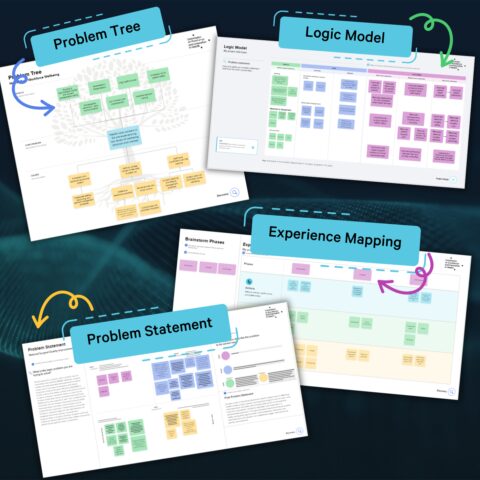At the CEIH, we work collaboratively to deliver innovation and improvement projects that address complex issues across the health system.
We recognise the importance of supporting each stage of project planning and delivery, from early ideation to transition into business-as-usual. Acknowledging the numerous project management methodologies and resources that exist, we have co-designed our own Project Lifecycle with project management experts, staff and clinicians to maximise efficiency and effectiveness in our healthcare project management processes.
Importantly, the Project Lifecycle is accompanied by a selection of suggested tools and templates to guide projects through each phase, ensuring they align to strategic goals and allow for continual reflection and review.
We are sharing this model and the connected tools with our partners and other health organisations so that, where useful, they can be tailored and utilised.

A detailed version of the Project Lifecycle includes hyperlinks to tools recommended for use through the phases.
Further explanation of each phase of the Project Lifecycle and the associated tools are provided below.
We are excited to also share some of our tools in a digitally collaborative format – these have been developed as templates for use through Mural, a digital collaboration platform.
MURAL provides shareable, collaborative, digital whiteboards where people can simultaneously work together in different places.
*Register with Mural for a free account is to access these templates. Account upgrades have associated fees.





